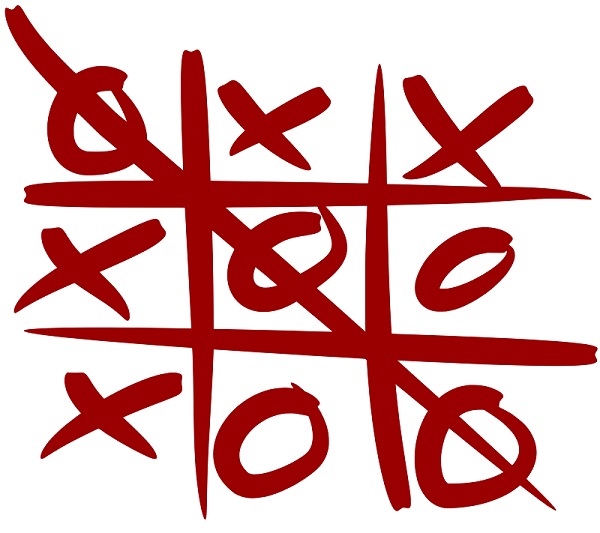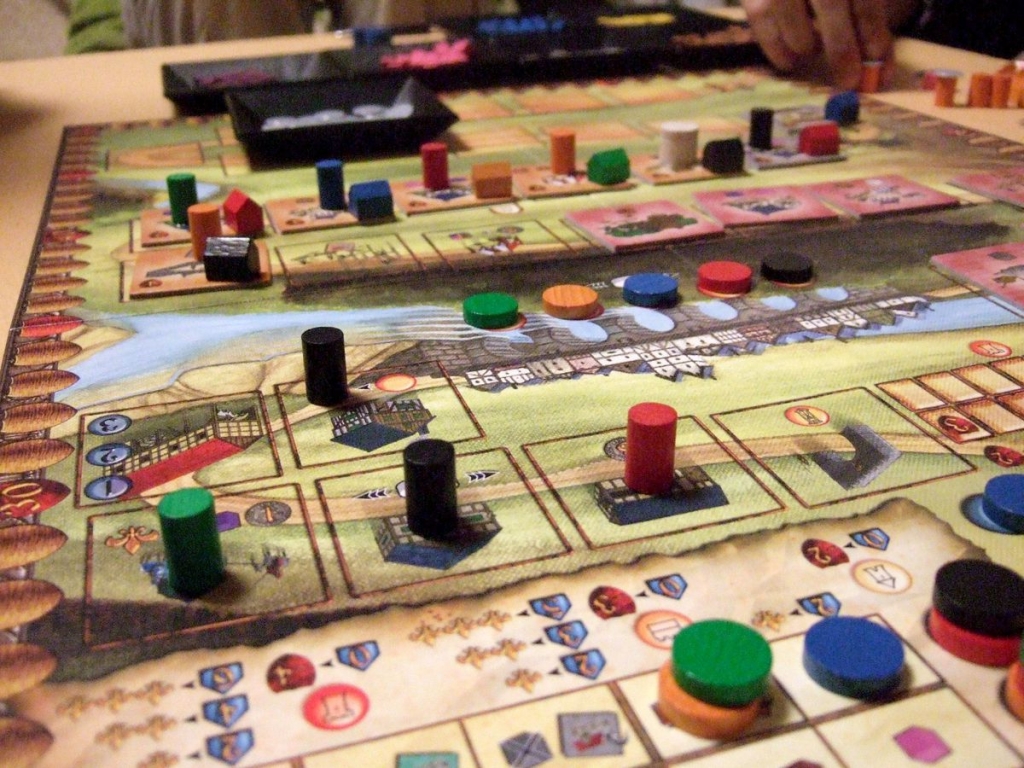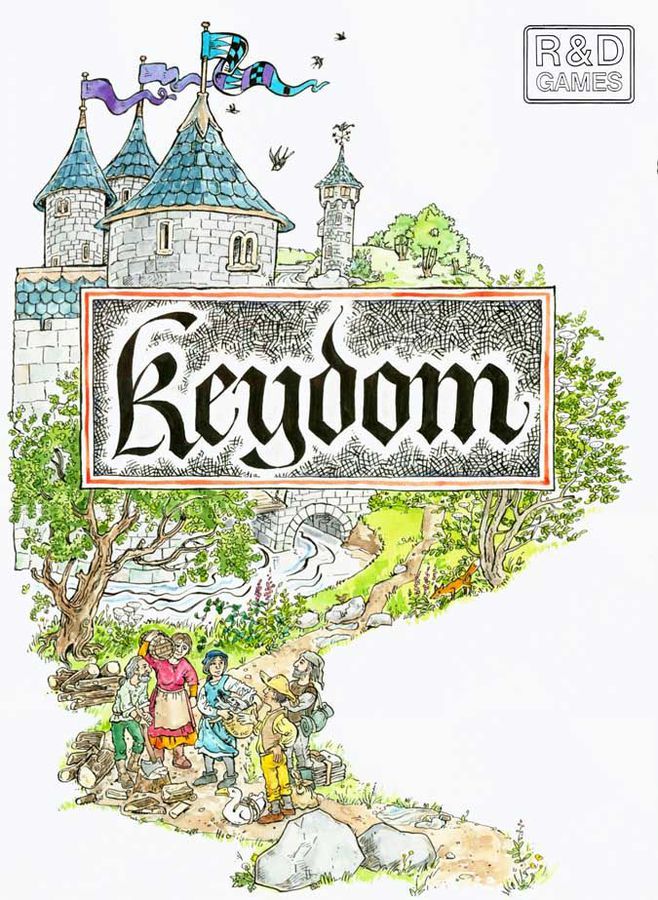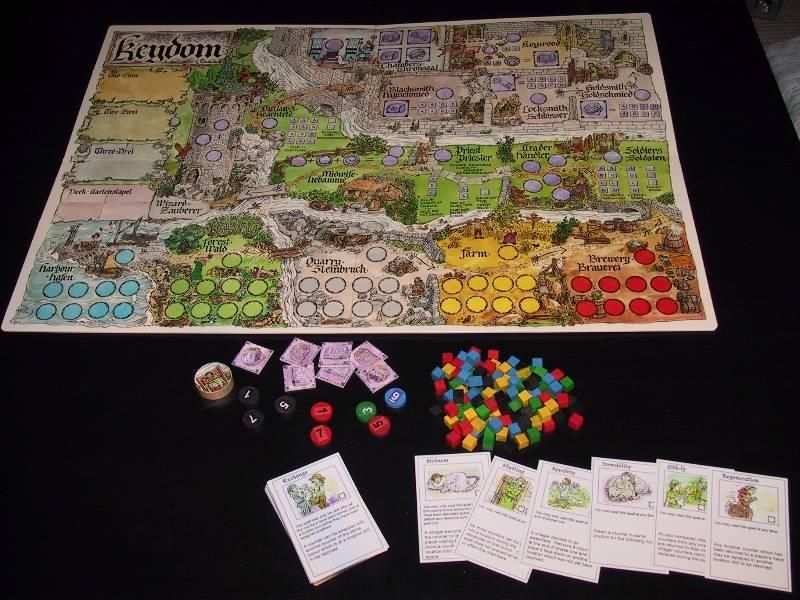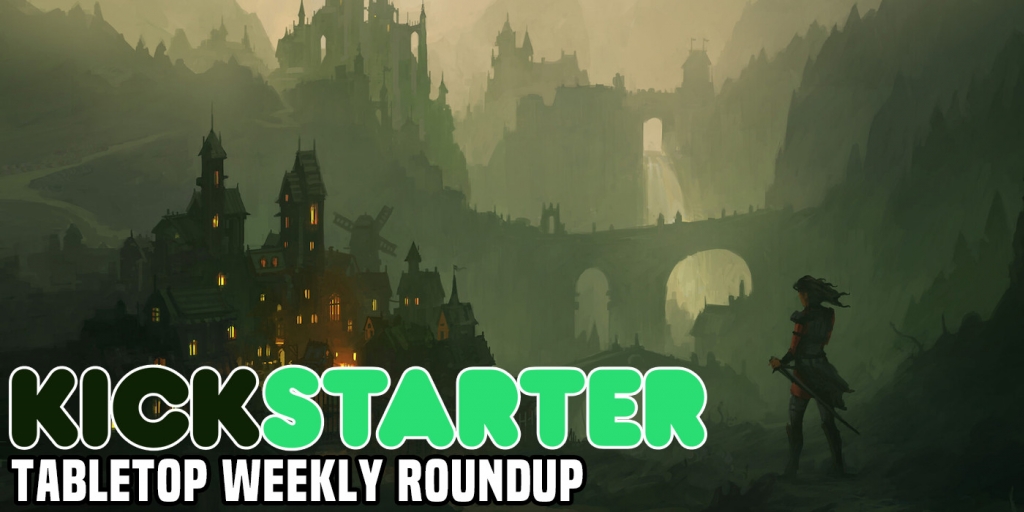Board Games Retro: What Is The First Worker Placement Game?
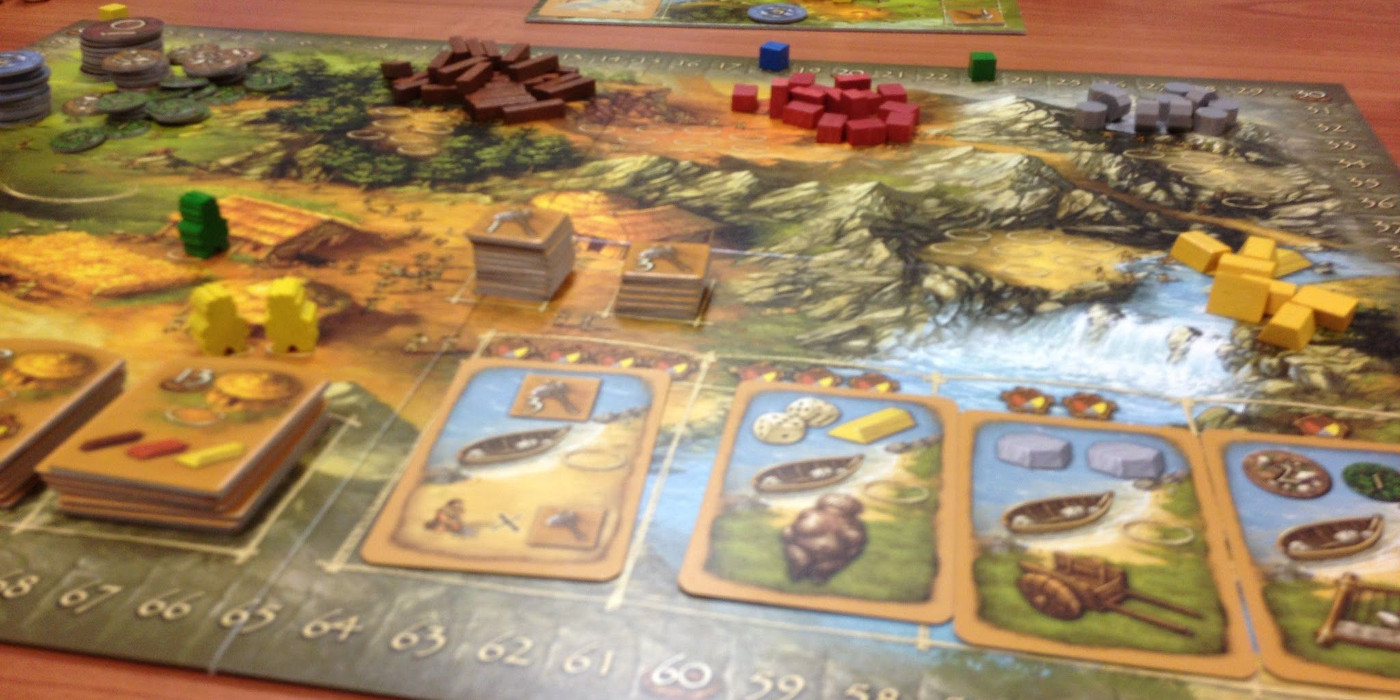

It can be hard to define exactly, but we’re going to dig though a couple of contenders. Spoilers: It’s not Stone Age.
Is Tic-Tac-Toe a worker placement game?
“wtf no, you big dummy”, I hear you say. First, wow okay chill. Second, why not?
Wikipedia defines worker placement as “…a game mechanism where players allocate a limited number of tokens (“workers”) to multiple stations that provide various defined actions.” While I admit it gets a little fuzzy with the concept of ‘defined actions’, actions like ‘Block’ absolutely exist within the game naturally.
The point I’m making is that it can be hard to define what is and what is not a worker placement game. But let’s try anyway.
The Contenders
There are a number of games out there that have tried to make the claim of being the first worker placement game. Rather than being all dramatic about it, here they are:
Quick note: Worker Placement and Action Drafting are super similar and can be hard to distinguish. Don’t get too hung up on it.
Caylus
Caylus is what most people will say when asked what’s the first worker placement game. Either that or “What? I don’t know. Who are you? Get out of my way, I’ve got pickles to brine!” Or something like that. I don’t know what you people do in your spare time.
Caylus is undoubtedly a worker placement game. You have workers, you place them. But while Caylus is generally brought up as popularizing the mechanic, it wasn’t the first to do it. Being released in 2005 isn’t early enough.
Bus
Bus is mostly a route building game but with action selection and some worker placement elements. Players are building routes and picking up passengers in an attempt to be the most productive route through the city.
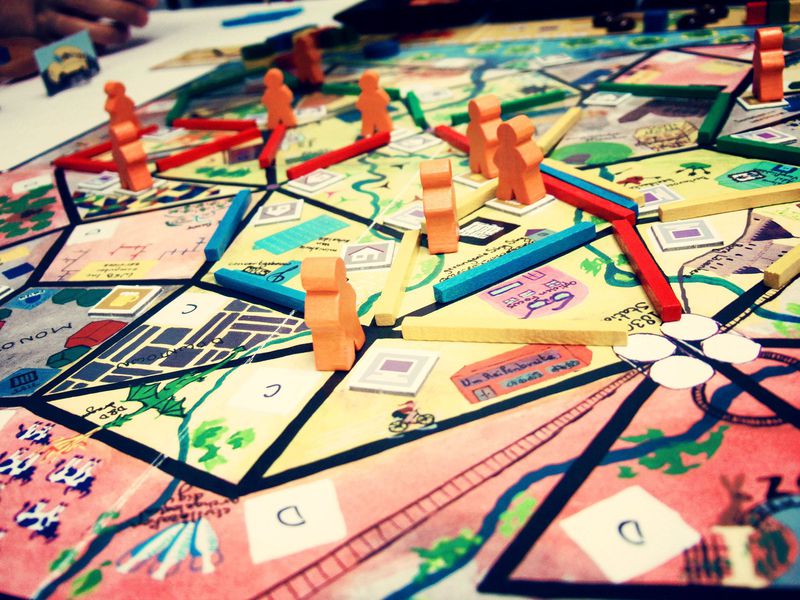 Certainly looks like a worker placement game…
Certainly looks like a worker placement game…
However, the workers being placed aren’t really defined to a single player and they aren’t really performing any actions. So it’s not really fitted to our definition and even if it were, the REAL first came out a year earlier.
Keydom
Keydom was released in 1998 by British game designer Richard Breese. In an interview with TabletopTogether in 2016, he said this about the inspiration for the creation of the mechanic:
[T]he worker placement idea in Keydom originated from playing Klaus Teuber’s seminal game Settlers of Catan. I enjoyed Settlers, but was not over fond of the luck factor inherent in the dice rolling. I wanted to achieve the same effect but without the dice, just by direct placement of the workers on the board.
So the idea here was to have a game that would allow you to choose which actions you took each turn by having workers that you would place, so naturally…. the mechanic went unnamed until Caylus was released years later.
Some people argue Keydom shouldn’t count for this because worker placement requires limiting other players to that chosen action. But that’s Action Drafting and also they shouldn’t get to hung up on it.
Thanks for reading!

